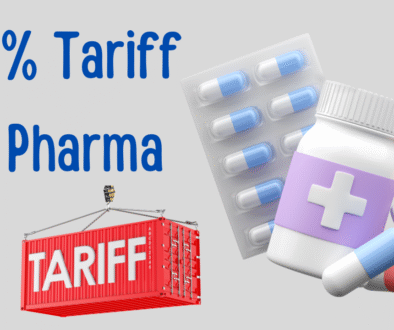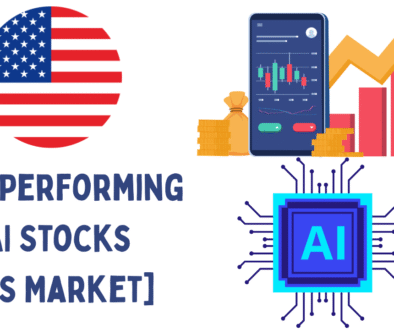Exchange Traded Funds
Exchange Traded Funds (ETFs)
Exchange Traded Funds (ETFs) are investment products that combine several assets into one package. These assets can include shares, government bonds, precious metals, or even agricultural commodities.
ETFs are traded in units, and the price of each unit is known as its Net Asset Value (NAV). The company managing the ETF buys the actual assets that form the basis of the ETF.
ETF Example
Imagine there’s an ETF called ABC Sensex Tracker ETF, which invests in the 30 companies that make up the BSE Sensex index.
When you purchase 1 unit of the ABC Sensex Tracker ETF, you’re indirectly investing in all 30 stocks of the Sensex.
The key advantage is affordability — one ETF unit costs far less than buying every individual stock yourself.
ETFs can be based on various asset classes, such as:
- Technology or emerging market shares
- Precious metals like gold or silver
- Energy commodities like crude oil or natural gas
- Agricultural products like coffee, corn, or sugar
Every time you buy ETF units, the fund company purchases the corresponding underlying assets to back each ETF unit with real holdings.
One of the most attractive features of ETFs is that they’re traded on stock exchanges just like regular shares. Sometimes, ETF units trade for more than the value of the underlying assets — this is called trading at a premium.
ETF Deviation
Now, let’s understand what happens when ETF prices deviate from their underlying asset values.
Example:
Suppose there’s an ETF that tracks soybean prices, called AgriPlus Soybean ETF.
Each unit of the ETF represents 1 kg of soybean.
- 1 kg soybean = ₹40
- 1 ETF unit = ₹40
Now, demand for soybean ETFs increases sharply, but the company can’t buy more soybeans due to supply shortages. It stops creating new ETF units — yet investors keep buying existing ones.
- 1 kg soybean = ₹40
- 1 ETF unit = ₹52
The ETF unit’s price is now higher than the value of the asset it represents — meaning it’s trading at a premium.
This is similar to a concert ticket priced at ₹2,000 being resold for ₹10,000 due to high demand.
Understanding NAV and iNAV
- NAV (Net Asset Value): Actual trading price of one ETF unit
- iNAV (Indicative Net Asset Value): Ideal price of one ETF unit based on its underlying assets
Comparison:
- NAV = iNAV → Fairly valued
- NAV > iNAV → Trading at a premium
- NAV < iNAV → Trading at a discount
ETF Premium or Discount Examples
Natural Gas ETFs (2020)
During the 2020 global market crash, demand for natural gas dropped drastically. ETF managers were left holding large volumes of unsellable gas contracts, causing these ETFs to trade at a discount.
Corn ETFs (2022)
When severe floods disrupted corn supply, investors rushed to buy corn ETFs. As supply couldn’t keep up, ETF prices surged and began trading at a premium.
Copper ETFs (Recent)
Due to rising demand for electric vehicles and renewable energy, copper became harder to source. As a result, some copper ETFs started trading 8–10% above their asset value.
International Stock ETFs
Indian funds that invest overseas have regulatory caps. Once these limits are reached, they can’t buy more foreign shares, but investors continue purchasing units — leading to premiums as high as 15%.
A small difference between NAV and iNAV is normal. But if the deviation exceeds 5%–10%, it indicates that the ETF may be significantly overvalued or undervalued.
You can check ETF premiums and discounts on platforms like Groww, Zerodha, and other investment tools.

